Note the random distribution of impacts around the globe. But note also what the map and accompanying NASA report do not indicate: the year-on-year distribution of those impact events over that 20-year period. This omission enables them to give the following misleading subheading to their report:
It happens all the time: small asteroids impact Earth's atmosphereBy not providing a year-on-year breakdown of the impacts, and by including their rather banal headline, NASA leaves us to assume that these events were more or less evenly distributed over those 20 years - on average, 27 fireball events of note in 2013 (556 total events/20 years). But we have serious doubts about this.
We know from the American Meteor Society that there were nearly 3,500 observed events in 2013 alone - and just in the US. Check out the data for yourself: browse through the AMS Events database. Select for events in 2013 with both 'sound' and 'fragmentation' reported. Note how many of last year's 184 US fireball events, that were large enough to be both seen breaking up and heard exploding, were witnessed from multiple US states. Now go back to the NASA world fireball map from 1994-2013. Assuming its random global distribution is accurate, we can try a little exercise in extrapolation to get a figure for significant fireball events globally in 2013.
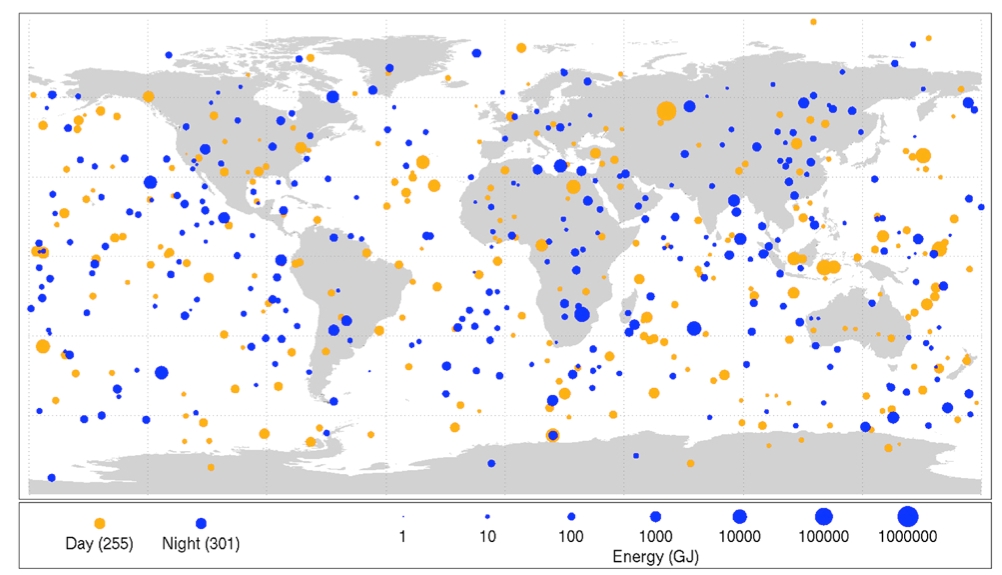

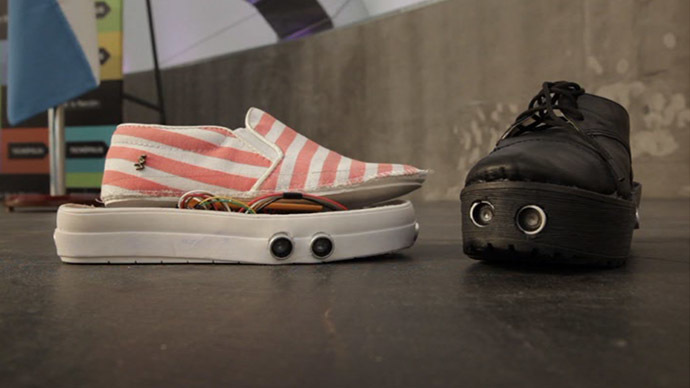

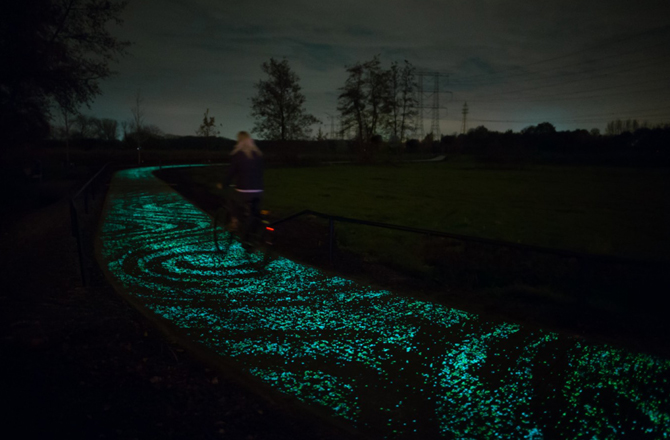
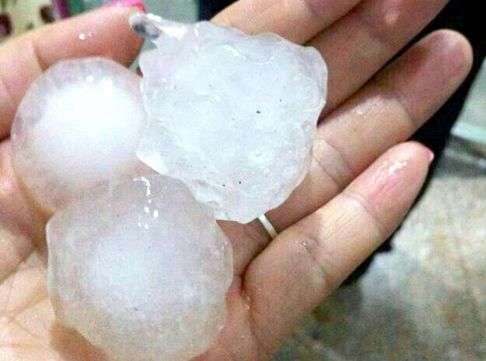
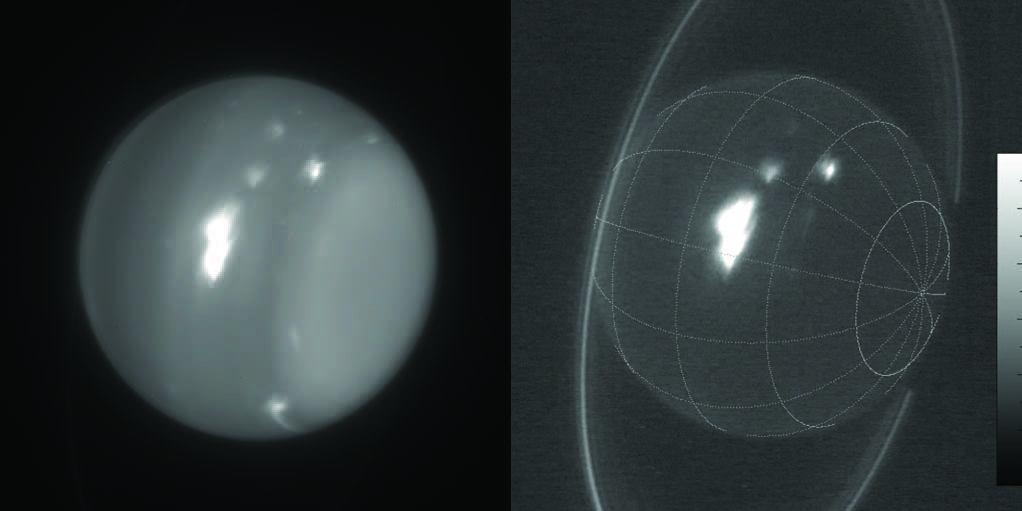
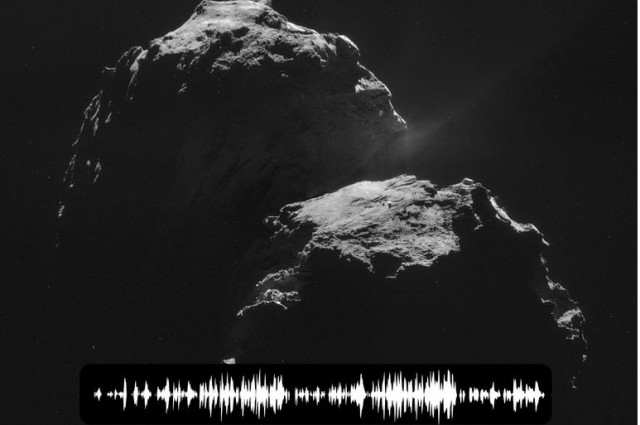

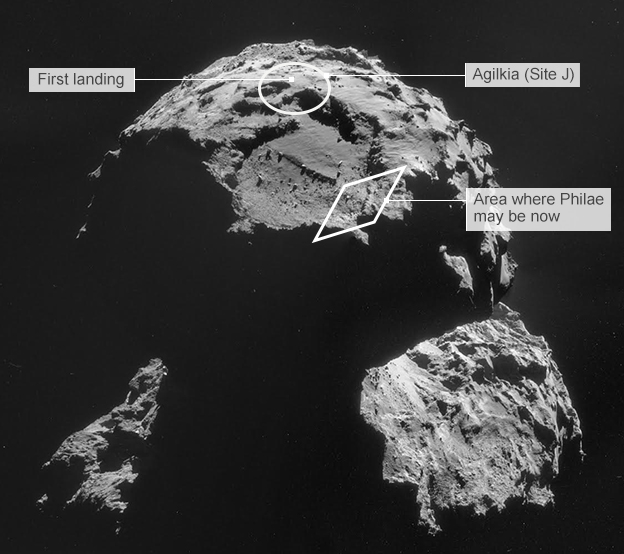



Comment: In order to gain a "better understanding of hailstone formation" and other phenomena, researchers really ought to consider the winning 'Electric Universe' model - see Earth Changes and the Human-Cosmic Connection, available here.